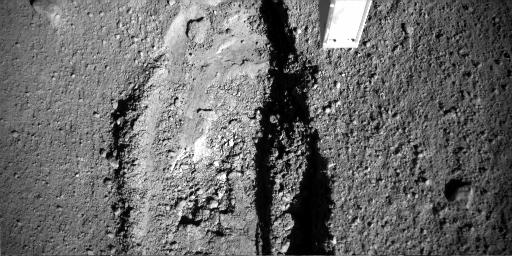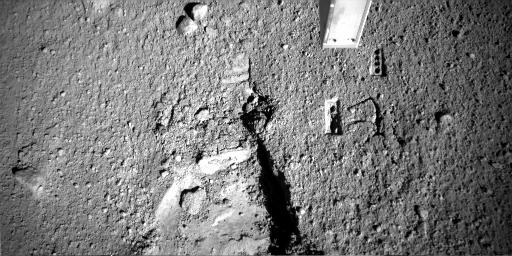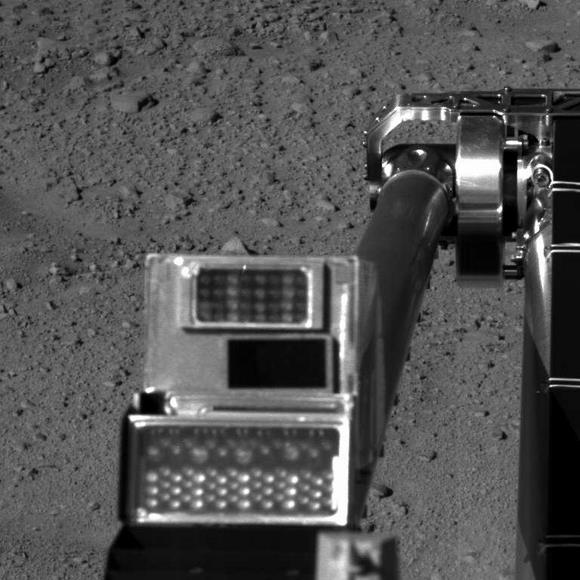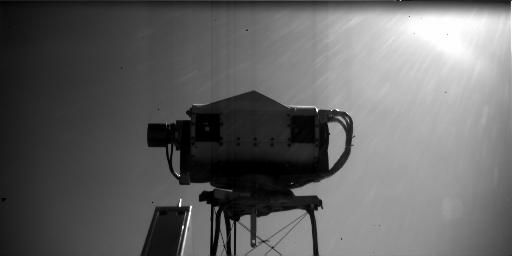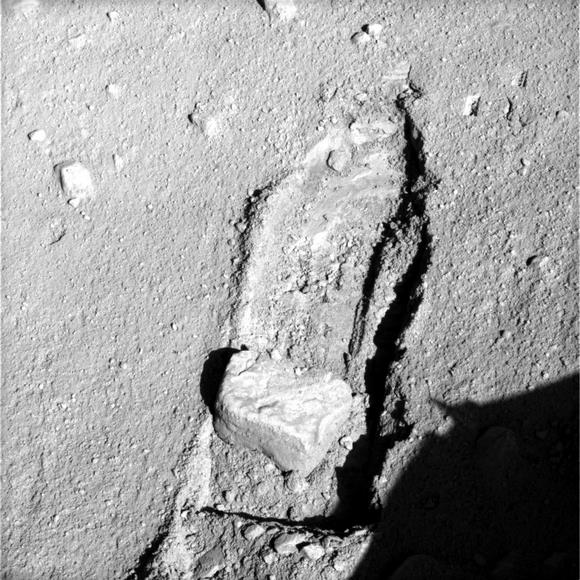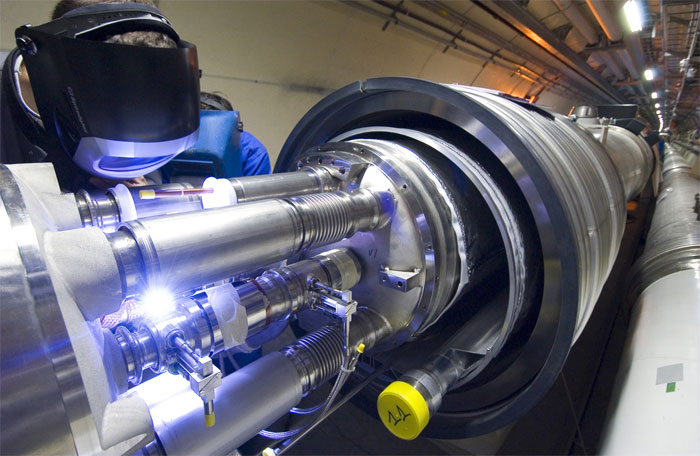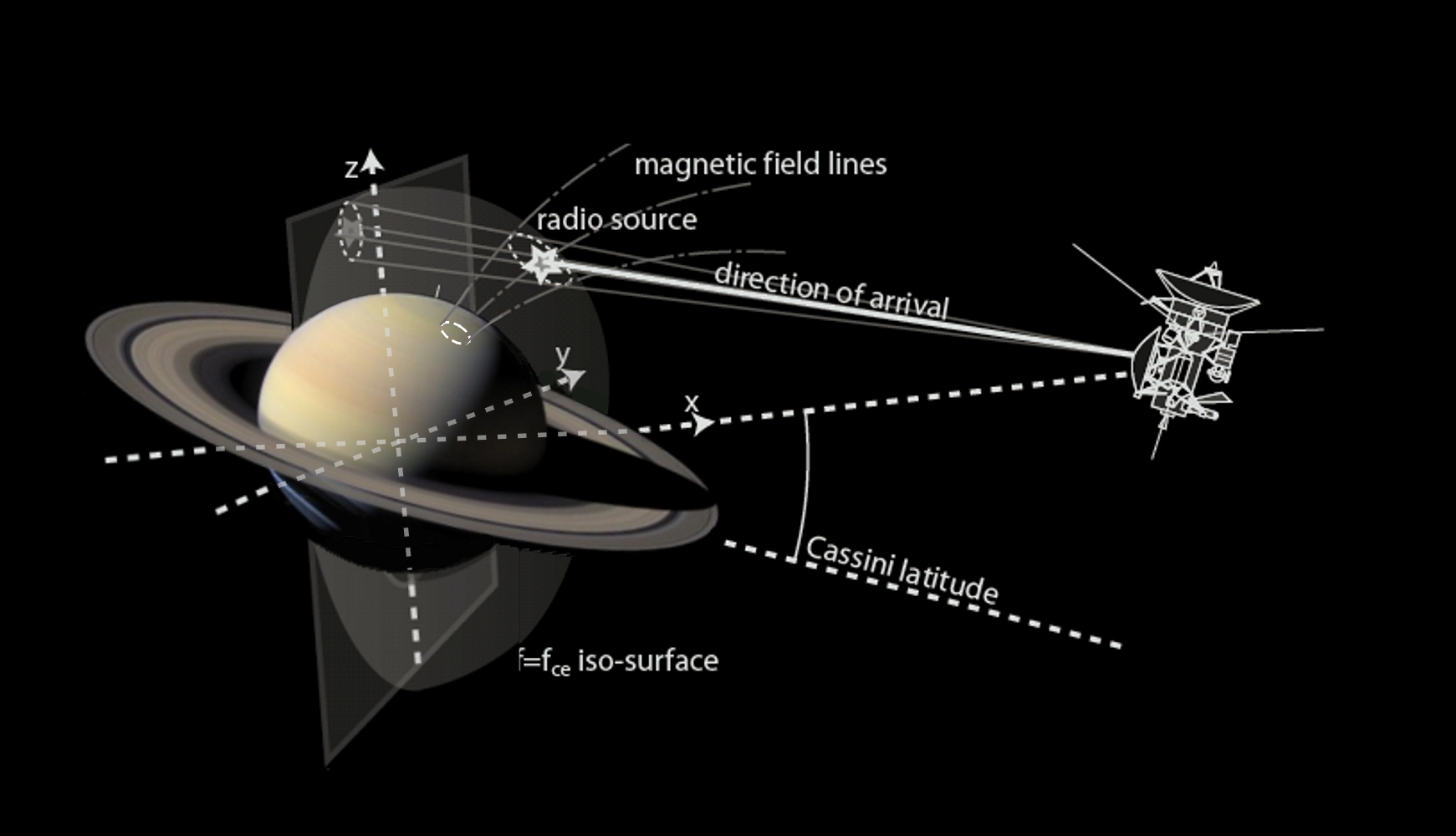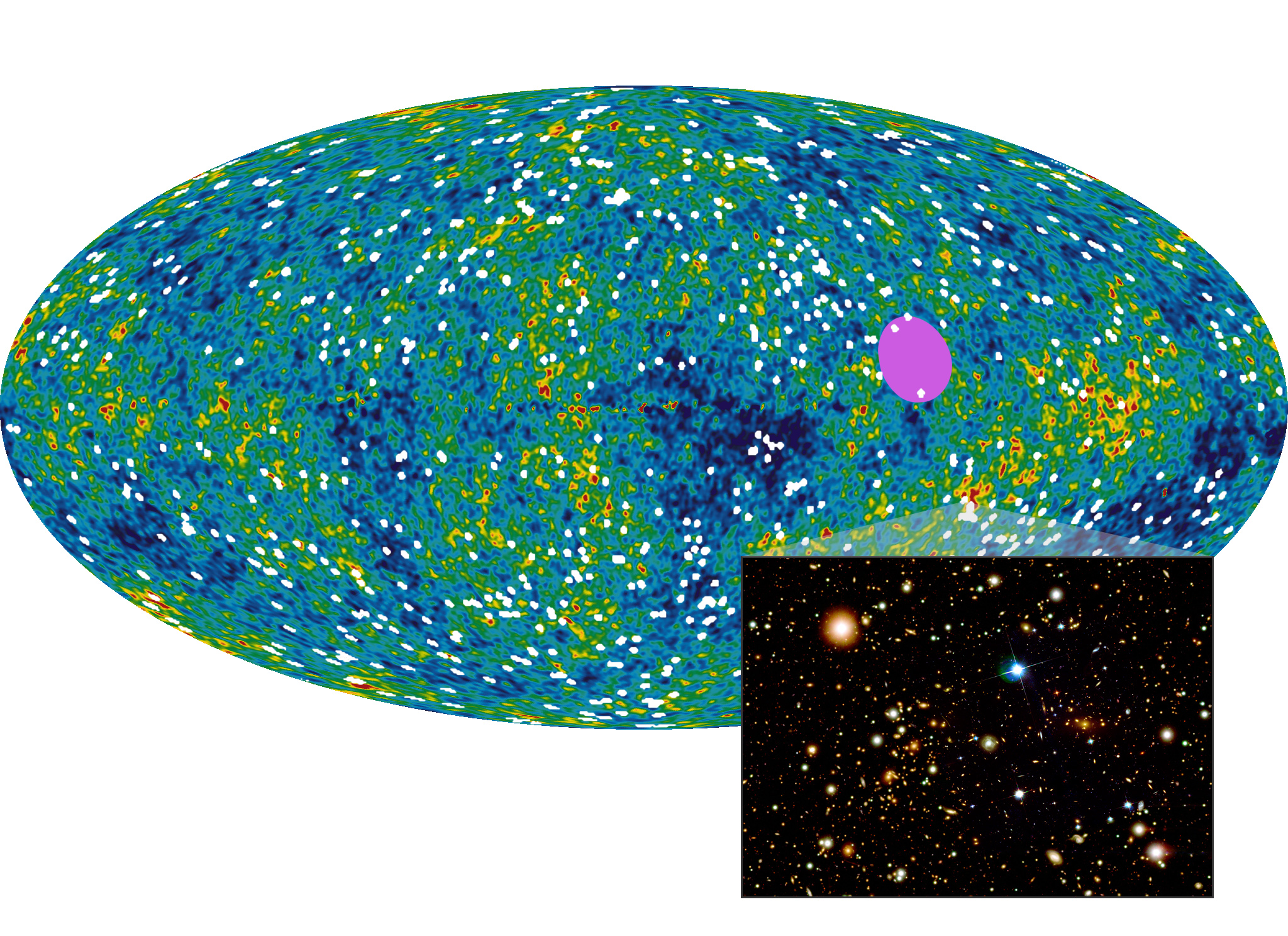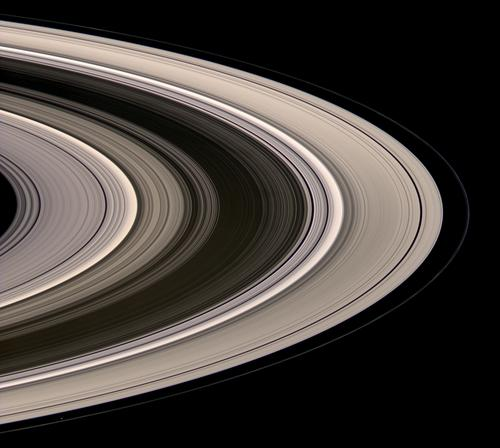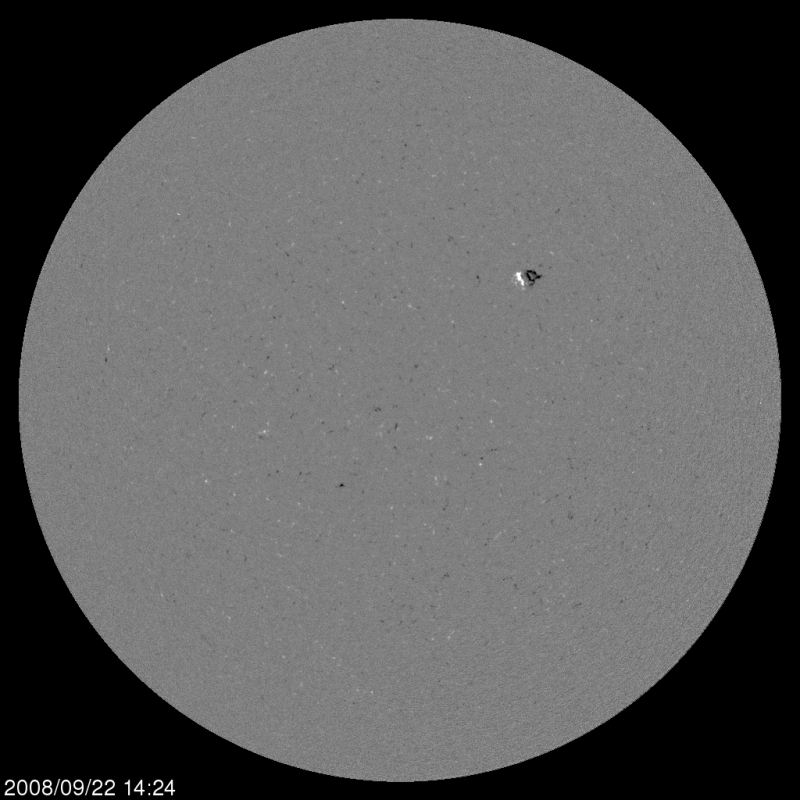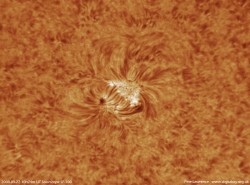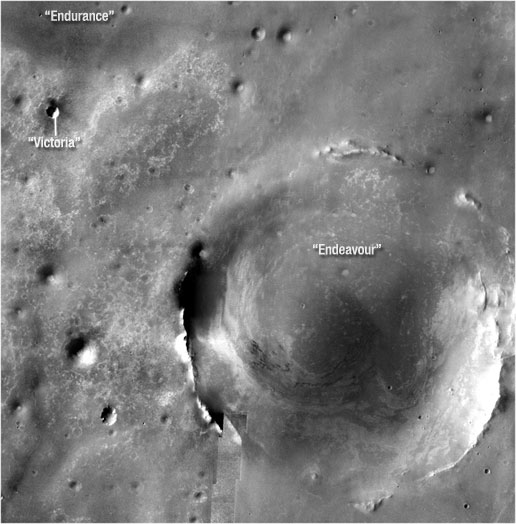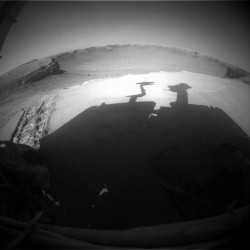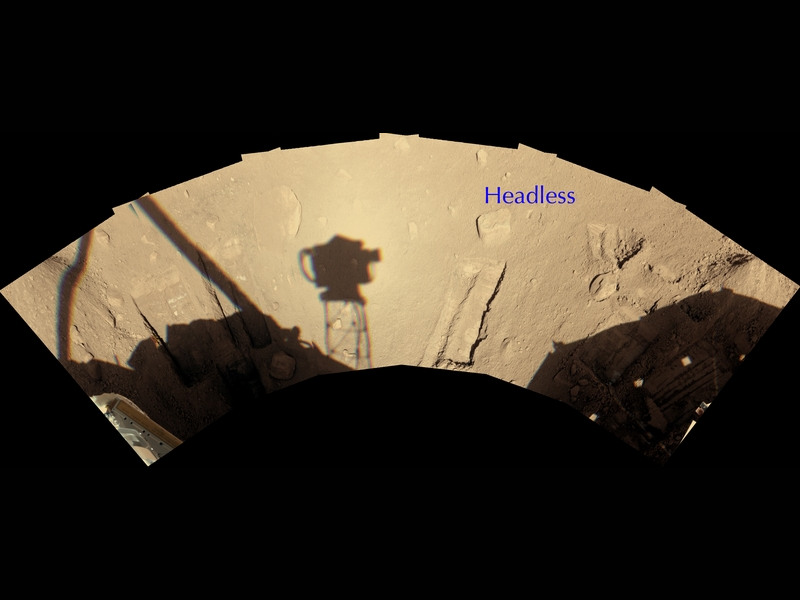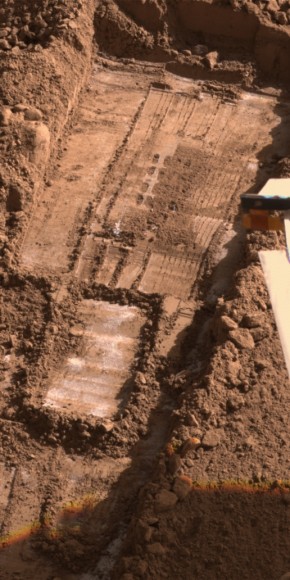Just as unseen dark energy is increasing the rate of expansion of the universe, there’s something else out there causing an unexpected motion in distant galaxy clusters. Scientists believe the cause is the gravitational attraction of matter that lies beyond the observable universe, and they are calling it “Dark Flow,” in the vein of two other cosmological mysteries, dark matter and dark energy. “The clusters show a small but measurable velocity that is independent of the universe’s expansion and does not change as distances increase,” said lead researcher Alexander Kashlinsky at NASA’s Goddard Space Flight Center in Greenbelt, Md. “The distribution of matter in the observed universe cannot account for this motion.”
“We never expected to find anything like this,” he said.
Using NASA’s Wilkinson Microwave Anisotropy Probe’s (WMAP) three-year view of the microwave background and a catalog of clusters, the astronomers detected hundreds of galaxy clusters that appear to be carried along by a mysterious cosmic flow. The bulk cluster motions are traveling at nearly 2 million miles per hour. The clusters are heading toward a 20-degree patch of sky between the constellations of Centaurus and Vela.
Several astronomers teamed up to identify some 700 X-ray clusters that exhibited a subtle spectral shift. This sample includes objects up to 6 billion light-years — or nearly half of the observable universe — away.
They found this motion is constant out to at least a billion light-years. “Because the dark flow already extends so far, it likely extends across the visible universe,” Kashlinsky says.
The finding flies in the face of predictions from standard cosmological models, which describe such motions as decreasing at ever greater distances.
Cosmologists view the microwave background – a flash of light emitted 380,000 years after the big bang – as the universe’s ultimate reference frame. Relative to it, all large-scale motion should show no preferred direction.
Big-bang models that include a feature called inflation offer a possible explanation for the flow. Inflation is a brief hyper-expansion early in the universe’s history. If inflation did occur, then the universe we can see is only a small portion of the whole cosmos.
WMAP data released in 2006 support the idea that our universe experienced inflation. Kashlinsky and his team suggest that their clusters are responding to the gravitational attraction of matter that was pushed far beyond the observable universe by inflation. “This measurement may give us a way to explore the state of the cosmos before inflation occurred,” he says.
The next step is to narrow down uncertainties in the measurements. “We need a more accurate accounting of how the million-degree gas in these galaxy clusters is distributed,” says Atrio-Barandela.
“We’re assembling an even larger and deeper catalog of X-ray clusters to better measure the flow,” Ebeling adds. The researchers also plan to extend their analysis by using the latest WMAP results, released in March.
The result will appear in the October 20 edition of Astrophysical Journal Letters, which is available electronically this week.
Preprint of Dark Flow Paper, results and implications
Preprint of Dark Flow Paper, technical details
Source: NASA
